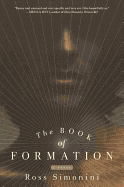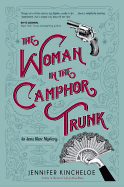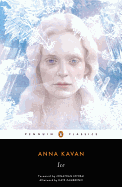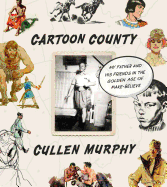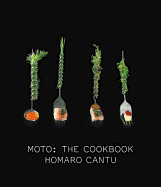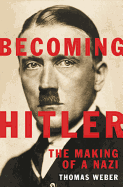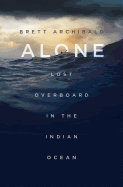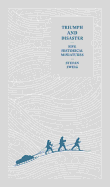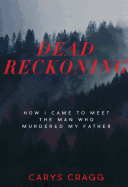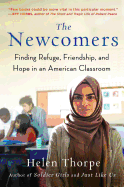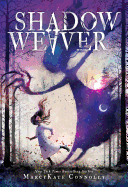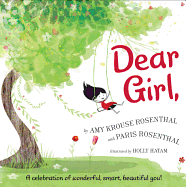 |
| photo: Walter M. Henritze III |
The Duke of Ripley is surprised to learn, on his return to London, that his disreputable friend the Duke of Ashmont is about to get married to Lady Olympia Hightower, a rare-book-loving, bespectacled bluestocking, no less. He is further surprised when he ends up abetting the tipsy bride's escape on her wedding day. Thus begins Loretta Chase's 23rd book, the charming and extremely witty A Duke in Shining Armor (Avon, paperback), the first in the Difficult Dukes trilogy. We recently chatted with Chase about her predilection for dark and handsome dukes.
This is the first Loretta Chase I've read (even though this is your 23rd book). I loved it, especially the wit. What prompted you to write romances?
I've been around for a while!
I had always wanted to write a novel, but my writing seemed to not go anywhere. The novels just spun on and on and on. Then for a long period I wrote scripts for video, and my husband was one of my producers. We were out on a date night and he asked me what I really wanted to do. I cried. Then I thought about it for a while and realized I still wanted to write novels, but just didn't know how. Then I made the connection between what I was doing for video, and genre books. They have a definite structure and audience expectation. I had to be clear--what's this about, what's the message at the end, etc. I realized I could apply that to a novel. Romance turned out to be the genre that appealed to me: I liked the voices and found a niche for myself with historical romance since I like history, so it was a roundabout way of getting here.
You write that Ripley's face resembles a wolf that had been in too many fights. Why are most romance heroes dark and dangerous? What would it be like to have a blond and sunny hero and a dark, dangerous, striking woman as the heroine?
I have written a sunny hero--in Mr. Impossible--but he's not blond. He's kind of dumb, and happy... but I'm not sure a blond, happy hero appeals to readers. He doesn't appeal to me! Ripley--there he was and I loved him, so I could write about him. Tall, dark and dangerous is the perfect romantic fantasy.
Why the prevalence of dukes in romances? Why not earls or princes? Why not a sexy scholar?
I know! When I first started writing romances, this was not the case. This is a phenomenon that seems to have occurred over the last, oh, five years. I don't know why. To me, all the ranks of the nobility are equally interesting, but for different reasons. Readers really like dukes. A duke is at the top of the aristocratic totem pole, so the level of power, prestige and money is high.
They are also the next best thing to a prince. Even in romances, there are limited options for British princes.
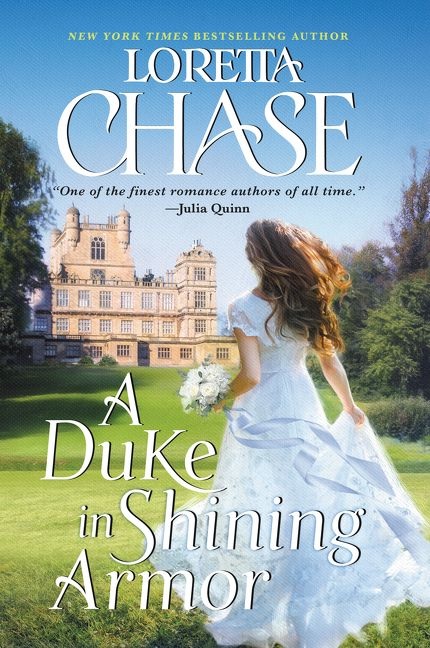 That lets out the sexy scholar, I guess.
That lets out the sexy scholar, I guess.
I have a sexy scholar, in one of my early regencies: The Devil's Delilah. The hero is a bookworm. Maybe I'll give you a scholarly duke in the future.
Your books are quite witty ("Mind you, our communications have been brief, but from what I can see, thinking and you are two different countries. At war.") and made me laugh. It seems that when I first read romances, there wasn't much wit. When did it become so important, or has it always been?
It's always been there, it just depends on the writer. Comedy is hard! Not everyone can do it. You have to write with your voice. If you are writing from your personality, and if you have that angst-y, deep, intense, emotional voice, that's the way you should write.
You emphasize that the three dukes in the book--Ripley, Ashmont and Blackwood--are a bit dumb, not to mention being reprobates. You call them the Three Dis-Graces.
I don't see them as men who do a lot of thinking. They are men of action, if the action is getting drunk, chasing women, hanging out at horse races. I'm hoping that they acquire some depth in the course of the bonds that develop between them and women. Ripley doesn't necessarily have to be an intellectual for an intellectual woman to be perfectly happy in his company. Olympia is scholarly, but she's insecure in some ways. Ripley helps bring out the person she really is because he is so open. He doesn't play by normal rules, and that's why he is such a great complement for her.
Is it difficult to write sex scenes? Yours are delightfully steamy.
It was initially, but I had some good advice from author Edith Layton. She said something about always staying focused on the emotions. That really helped me write those scenes because I was very intimidated by having to get the mechanics right. I needed a way to make them feel romantic, to communicate passion. And they are important: they are the heart of the book, the bond of physical union.
You have some phrases, like "join the club" and "that ship has sailed," which sound modern. How do you decide when to use phrases that are contemporary rather than of the time?
The funny thing is, some phrases that we think of as modern are not. I always look these up, look for them in 1800s books. Sometimes I do have anachronisms. I try not to, because I hate them, but it's almost impossible to write without using them. The style of writing in that time period is so different, as is the vocabulary. They didn't have a lot of psychological terms that we take for granted. I know that I have come across phrases that sound quite modern but are in fact old, like "in a jiffy." I found it in Dickens, and earlier.
Will your next book be about the disreputable Duke of Ashmont? He seems to need a guiding hand.
Yes. It started to be about Blackwood because of his marriage to Alice, Ripley's sister. I married him already because as I was writing, that's how I thought of him. I have probably painted myself into a corner; it won't be the first time. But I have to write about Ashmont first, because what's going on with him is so much clearer.
If you don't take care of him soon, he's going to fall apart.
I tried not to make him too hateful, because then you'd be wondering why Olympia ever got engaged to him, but there is a limit to how much of a jerk he can be. I hope I got across that he has some redeeming qualities--a charm or a sweetness... or something.
I'm glad I have two more "Difficult Dukes" to look forward to! --Marilyn Dahl
Loretta Chase: Finding the Right Niche
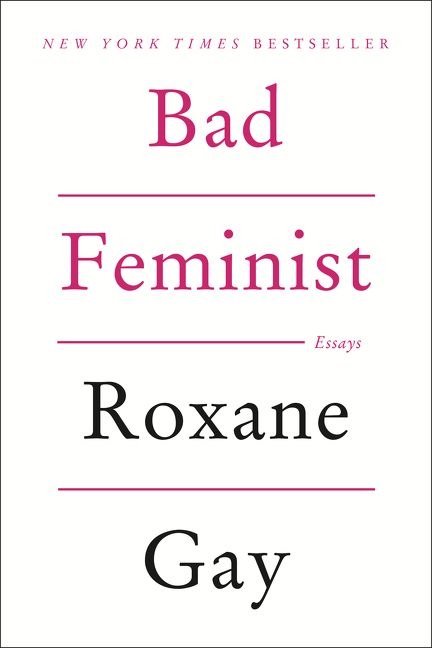 So says Roxane Gay in her essay collection, Bad Feminist (Harper Perennial, $15.99)--and Gay, along with fellow essayists Lindy West and Julia Serano, are excellent examples of writers exploring feminism and femininity in new and innovative ways.
So says Roxane Gay in her essay collection, Bad Feminist (Harper Perennial, $15.99)--and Gay, along with fellow essayists Lindy West and Julia Serano, are excellent examples of writers exploring feminism and femininity in new and innovative ways. 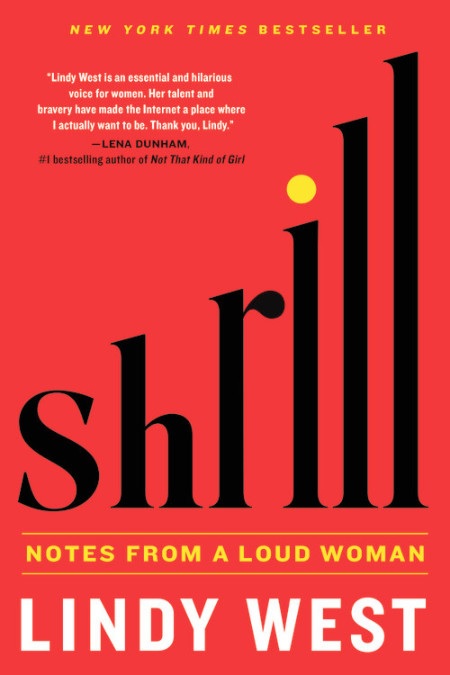 Lindy West covers many similar topics in Shrill: Notes from a Loud Woman (Hachette, $16). West's collection is slightly more laugh-out-loud funny than Gay's, but the subjects are just as serious. West writes with humor and wit about women's rights, reproductive rights and body shaming, and, like Gay, weaves in plenty of references to pop culture, movies and television throughout her work. Be prepared to laugh along with West, but be equally prepared to be moved by her stories.
Lindy West covers many similar topics in Shrill: Notes from a Loud Woman (Hachette, $16). West's collection is slightly more laugh-out-loud funny than Gay's, but the subjects are just as serious. West writes with humor and wit about women's rights, reproductive rights and body shaming, and, like Gay, weaves in plenty of references to pop culture, movies and television throughout her work. Be prepared to laugh along with West, but be equally prepared to be moved by her stories. Julia Serano draws on her own experience as a trans woman to explore themes of sexism, femininity and trans rights in her book, Whipping Girl: A Transsexual Woman on Sexism and the Scapegoating of Femininity (Seal Press, $20). Serano moves fluidly between the personal and the academic in her writing, with her personal experiences both pre- and post-transition coloring her academic accounts of gendered and trans experience, and her academic research supporting her personal anecdotes.
Julia Serano draws on her own experience as a trans woman to explore themes of sexism, femininity and trans rights in her book, Whipping Girl: A Transsexual Woman on Sexism and the Scapegoating of Femininity (Seal Press, $20). Serano moves fluidly between the personal and the academic in her writing, with her personal experiences both pre- and post-transition coloring her academic accounts of gendered and trans experience, and her academic research supporting her personal anecdotes. 



 That lets out the sexy scholar, I guess.
That lets out the sexy scholar, I guess.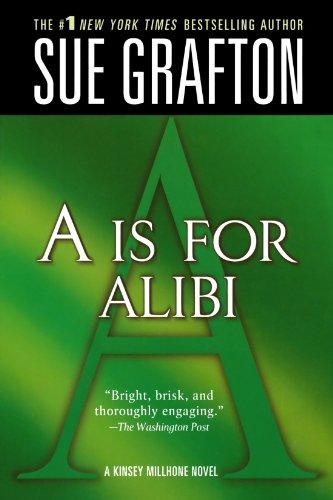 M is for mourning in the book world: Sue Grafton, author of the acclaimed alphabet mystery novels, died on December 28 at age 77. Grafton began her bestselling series in 1982 with A Is for Alibi, which introduced the world to police officer-turned-private investigator Kinsey Millhone and the fictional Southern California town of Santa Teresa. The release of Y Is for Yesterday last August brought her one title away from finishing the series. Grafton's husband, Steven F. Humphrey, said "that last book would be Z Is for Zero. She'd been saying that for 30 years."
M is for mourning in the book world: Sue Grafton, author of the acclaimed alphabet mystery novels, died on December 28 at age 77. Grafton began her bestselling series in 1982 with A Is for Alibi, which introduced the world to police officer-turned-private investigator Kinsey Millhone and the fictional Southern California town of Santa Teresa. The release of Y Is for Yesterday last August brought her one title away from finishing the series. Grafton's husband, Steven F. Humphrey, said "that last book would be Z Is for Zero. She'd been saying that for 30 years." 